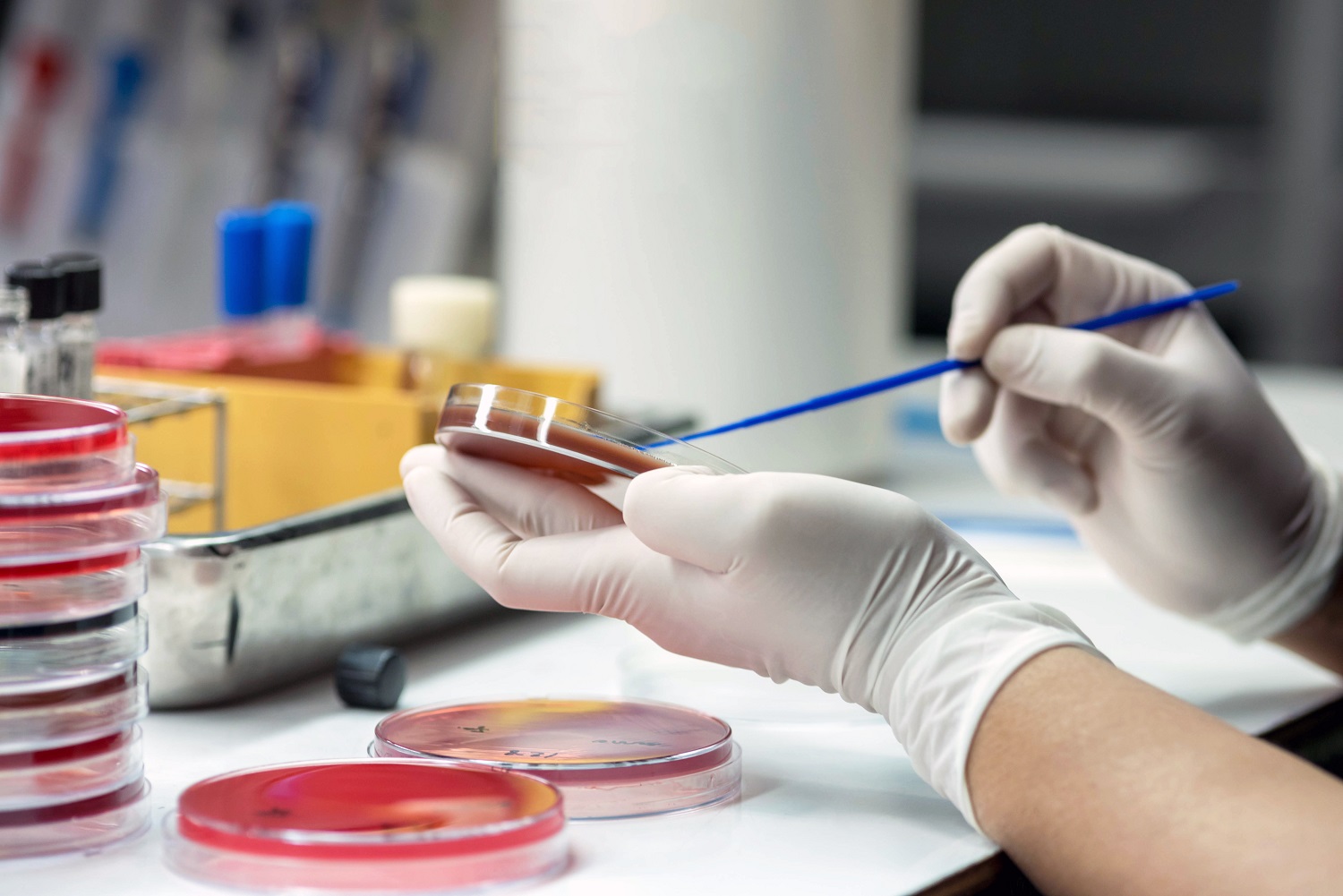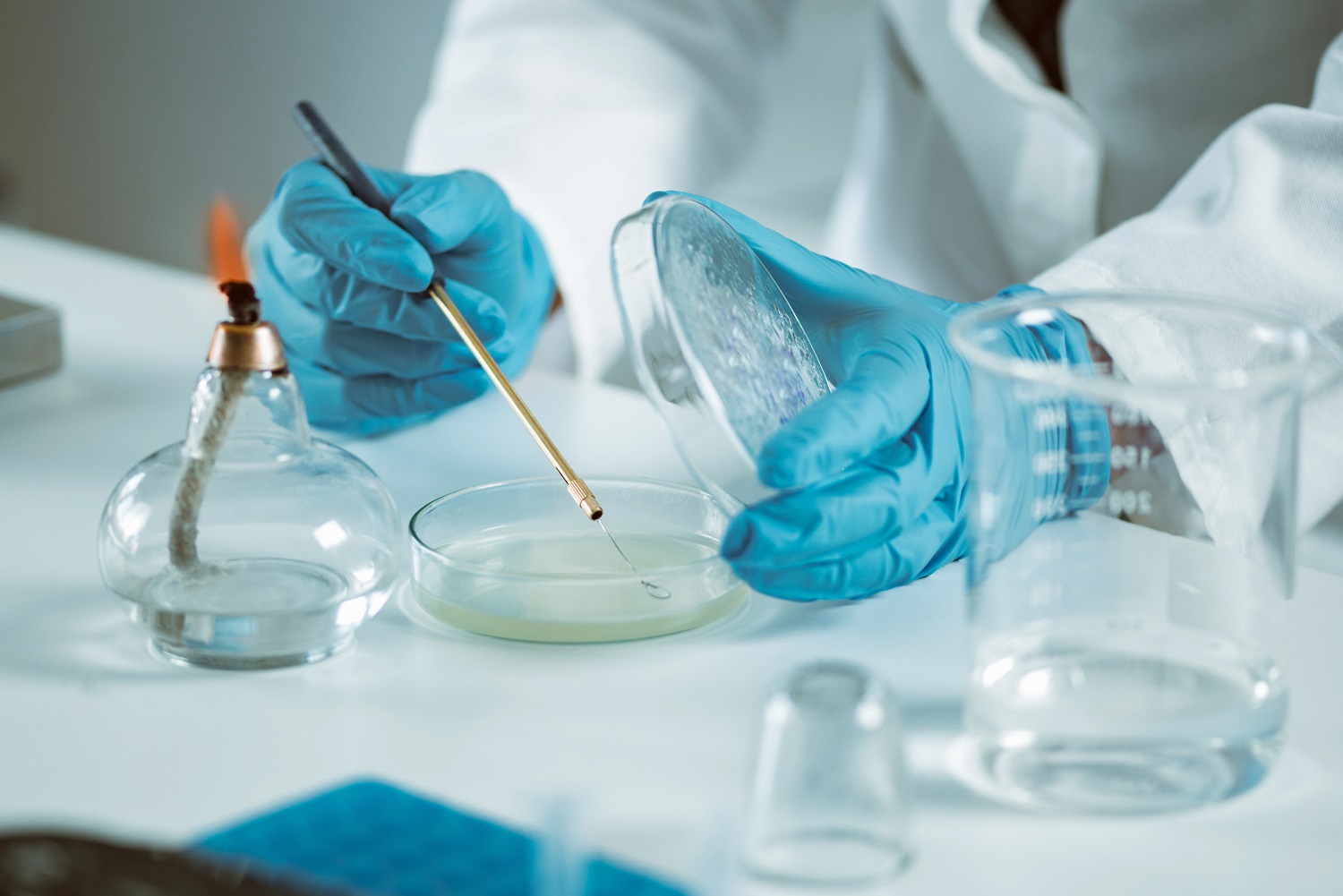Recommended
When world leaders gather in September for this year’s UN General Assembly, antimicrobial resistance (AMR) will be on the agenda. For people like me who care passionately about this issue, this is a welcome opportunity to address a global problem with a global solution. Ahead of September, we need to think carefully about how we can get the most out of any ask. History is clear that global agreement doesn’t happen overnight (or even over weeks or months), so establishing a framework for future action is essential. We can learn from one of the most successful agreements in recent history, the Montreal Protocol on Substances that Deplete the Ozone Layer—the first universally ratified UN treaty. The process behind the Montreal Protocol’s success offers important lessons on how to set the stage for universal change.
The success of the Montreal Protocol
A study published in 1974 found that chlorofluorocarbons (CFCs) and other chemicals widely used in manufacturing and everyday items such as fridges and aerosols were depleting the ozone layer, allowing harmful ultraviolet rays that cause skin cancer to reach the earth’s surface. Very small amounts of CFCs could cause huge damage, so countries needed to work together to eliminate them. Failure to do so could have resulted in an additional two million people a year developing skin cancer. In 1987 countries from across the world met in Montreal to agree what became the Montreal Protocol on Substances that Deplete the Ozone Layer.
The first iteration of the Montreal Protocol was pathetic. As part of the protocol, high-income countries (HICs) committed to cap their CFC emissions at 1986 levels, to reduce them by 20 percent of 1986 production level by 1994, and 50 percent of 1986 level by 1999. Poorer countries were given an additional decade to meet these targets. The treaty said nothing about many other ozone-depleting chemicals (ODCs) that were being emitted at the time. Arguably worse than this, by the time the treaty came into force in 1989, only 30 countries had ratified it.
Whilst the conditions agreed to in Montreal fell far short of what the world needed, the agreement achieved three crucial things. First, it signalled to industry and other stakeholders that there would likely be pressure to reduce their use of CFCs in the future. This spurned remarkably efforts to find technologies that did not need CFCs. Second, it created an agreement that other countries felt pressure to sign up to. Third, it was agreed that countries should meet in the future to review the protocol, and created a secretariate to ensure this happened. Fourth, it set up an Ozone Secretariate which proved to be important building consensus. There were eight further gatherings in the 1990s where countries met to tighten the rules around ODCs.
Figure 1. Number of countries that ratified the Montreal Protocol, and global emission of ODCs over time
Note: Emission data from Our World in Data and UN Environment Programme (estimates not available for 1987 and 1988). Ratification data from the UN Treaty Collection, tabulated by the author.
As shown in Figure 1, by 2000 all but 16 countries had ratified the agreement. Today, the Montreal Protocol is one of the few universally ratified international agreements, often credited as one the most successful environmental agreement in history. More importantly the emissions of substances that deplete the ozone layer have now fallen by 99 percent. The Montreal Protocol is legally binding with penalties for countries that flout its provisions, and there is funding to help poorer countries meet their targets. The only time since 2000 that it was amended was to remove CFC replacements that were found to cause global warming.
Despite the treaty’s undeniable success from today’s vantage point, you could not blame anyone for cursing the international community back in 1989. Emissions were still increasing at pace at that time, and only 30 countries were willing to sign up to the wholly inadequate goal of halving emissions over the next decade. However, whether intentional or not, countries in 1989 kicked off a process that would quickly rid the world of most of these dangerous chemicals.
Primary goals for an agreement on AMR
There are so many areas where international agreement would greatly improve the response to AMR, but political realities, a shortage of time, and a lack of data mean it will not be possible to agree a detailed, ambitious set of targets when world leaders meet at UNGA this year to discuss AMR. Like it or not, the political will is not there. There is also a lack of consensus amongst people who work on AMR policy about what specific targets should be set. This consensus is needed to make the detailed commitments many of us would like to see. In part, the lack of consensus stems from insufficient evidence on what the targets should be. More research is needed on what is a sustainable level of antibiotic use, and what are reasonable targets for health systems on dispensing antibiotics.
Instead, we should learn from Montreal and seek to start a process that can generate evidence and adequate targets, build consensus, and establish a forum that has a mandate for future change that does not require waiting for a future high-level meeting at the UN. More specifically, there should be two primary goals: the establishment of an independent panel and agreement to improve data collection.
An independent panel or “AMR secretariat”
First and most importantly, world leaders should agree to set up an independent panel. This should play a similar role to the Ozone Secretariat, the small team that helped steward progress against ODCs. This “AMR secretariat” should be independent of any international organisations, following the model of the Ozone Secretariat and the Intergovernmental Panel on Climate Change (IPCC). Both organisations were set up in the late 1980s by the UN Environment Programme, and both are relatively cheap to run; the IPCC’s budget in 2022 was 8.3 million USD.*
The independent panel should be mandated to carry out three activities:
- Provide technical support to countries to help them reduce antimicrobial resistance.
- Collate evidence on antimicrobial use, and the burden of resistance, building off the great work of initiatives like WHO’s Global Antimicrobial Resistance and Use Surveillance System (GLASS).
- Provide a forum where countries can discuss and agree future commitments and targets to reduce antimicrobial resistance.
Create better data systems
Second, countries should agree now to start collecting information on the amount and type of antimicrobials consumed in their jurisdiction. They should also look to better track the burden of AMR, and any burden from lack of access to antimicrobials. The simplest way to track resistance and antibiotic consumption would be for every country to agree to share data with GLASS. Understanding the burden of lack of access to antibiotics could be built off the Global Research on Antimicrobial Resistance (GRAM) project.
It will likely take a few years to set up any independent panel, it will also take several years to create data systems that better track the causes and burdens of AMR. The panel will need good data to track progress, make informed targets, and collate evidence. We will move more quickly if these two steps happen simultaneously.
An important step forward
Any other commitments agreed after these two would, in my eyes, be a bonus. There are many other things I would dearly love to see countries sign up to at the UN, such as targets, funding for innovation, and a sustainable access hub that ensured antibiotics were available to all those who need them. But many of these things can be agreed outside of the UN system, and realistically, countries are not going to agree to ambitious targets this year.
A political declaration that falls short on many fronts but includes a process for change can be strengthened over time. An agreement that achieves some goals but lacks a forum for further agreement may mean we take one step forward, before waiting six or eight years, for the topic to return to the UN. Advocates should be patient and push for a roadmap that can achieve meaningful change over quick wins.
* This includes the cost of running the IPCC and collating evidence, but not most research costs. Whilst the IPCC highlights areas where new evidence is needed, it does not directly fund most of this research.
Disclaimer
CGD blog posts reflect the views of the authors, drawing on prior research and experience in their areas of expertise. CGD is a nonpartisan, independent organization and does not take institutional positions.
Image credit for social media/web: Naeblys / Adobe Stock








